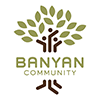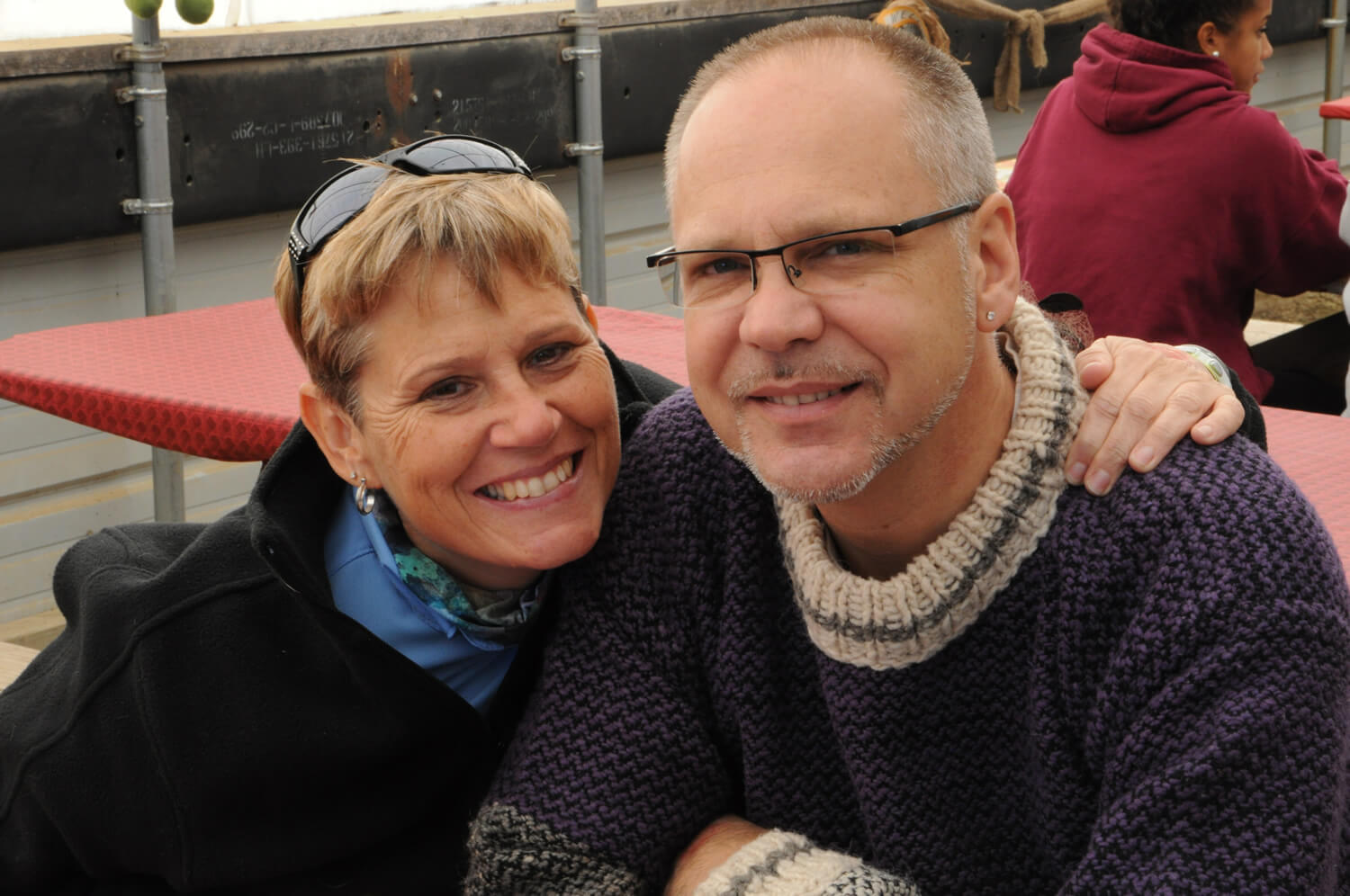(Part 3 of 4) In Part 2 you may recall that I introduced five different assets or capitals, the last of which was social capital, defined as the “norms, shared understandings, trust, and other factors that make relationships feasible and productive,” where productive is thought of in terms of “education, economic opportunity, and social mobility,” and addressing group concerns.
The choice of social capital to be the last asset listed was purposeful. This is because relationships matter in life. Social capital makes possible the increased ownership of or access to the others. Economist Glenn Loury offers this insight: “Whom you know affects what you come to know and what you can do with what you know.” If a network is a “collection of potential team members who are connected already through chains and webs of acquaintanceship,” we can see that social capital is more than a network [Ferguson and Stoutland]. Of course, social capital must be galvanized to do any good. This is accomplished when people within a network demonstrate a “willingness to intervene on behalf of the common good” of the individual and community.[1] Social capital can be of the binding and bridging sort, where binding strengthens the existing “insider groups” social capital and bridging builds social capital with “outsiders,” often in the form of an alliance, something necessary for community development to occur.
An alliance, a form of bridging social capital, is a “team formed of network members to fulfill some purposes” where the success of an alliance depends upon trust, capacity, self-interest and power [Ferguson and Stoutland]. Typically, we link trust with motive. But trust also encompasses competence, dependability and collegiality. The capacity of an alliance depends on its ownership of and access to the various capitals. Because alliances are comprised of interdependent members, it must be kept in mind that each member will have its own values, interests and concerns.
The final part in the series (Part 4) introduces the four-levels of community development.
[1] Sampson et al [1997, p. 277] define social efficacy “ as social cohesion among neighbors combined with their willingness to intervene on behalf of the common good.” I’ve borrowed the second half of this definition to help us understand that social capital needs to be activated for it to do good.

